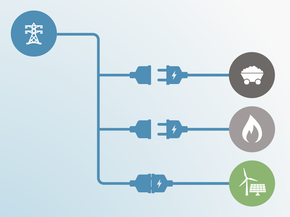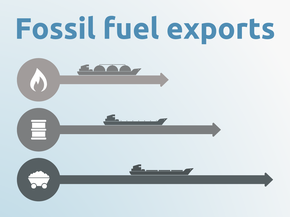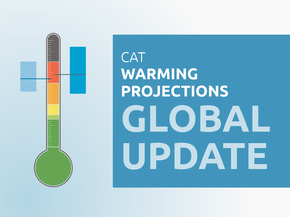Country summary
Overview
In July 2018, Ukraine published its 2050 Low Emission Development Strategy. Ukraine could reach its “Critically insufficient” commitment under the Paris Agreement based on current policy trends outlined in the strategy. If all planned policies in the strategy were to be fully implemented, Ukraine would significantly overachieve its Paris target. Therefore Ukraine could revise its Paris targets in the near future. At this moment Ukraine falls into the group of countries whose Paris Agreement targets are so weak that it would take little to no effort to achieve.
To stimulate the development of renewable energy, a draft law has been submitted to parliament in June 2018 proposing a new support scheme for renewable energy based on capacity auctions. These developments indicate that Ukraine could move towards a more renewable energy system.
The most recent historical data from 2016 shows that emissions excl. LULUCF have declined by 64% below 1990 levels. However, Ukraine’s current climate target would see its emissions grow substantially from present levels, at a time when they should continue to steadily decrease, under all approaches consistent with limiting warming below 2˚C. There is some uncertainty surrounding Ukraine’s NDC and its implementation of its climate policies, in part because of its political instability, and the Government has stated that it will revise its NDC after “restoration of its territorial integrity and state sovereignty.”
Ukraine has not yet defined which LULUCF accounting method it will adopt. Its NDC states that an approach to including LULUCF in its climate change mitigation structure “will be defined as soon as technical opportunities emerge, but no later than 2020.” Clarity on which accounting method it plans to adopt would be in the interests of transparency.
Ukraine’s projected emissions in 2030 result in a range of 3% to 9% lower than the NDC target of 562 MtCO2e. The range is attributed to the uncertainty that surrounds Ukraine’s implementation of climate policies, in part due to political instability. In 2018, Ukraine published its 2050 Low Emission Development Strategy that could reduce emissions to 20% to 44% below the NDC level in 2030.
Ukraine has stated that it will actively participate in current and future international market mechanisms, but its current emissions reduction target does not take these market mechanisms into account. When revising its NDC, Ukraine should elaborate on its intended accounting on both LULUCF and international market mechanisms, which would improve the transparency of its target and enable clearer comparisons with other NDCs.
Further analysis
Latest publications
Stay informed
Subscribe to our newsletter







